eMMC vs. SSD storage: What was the difference, and does it matter now?
Getting the right storage made a huge difference to your experience back when eMMC was the norm.
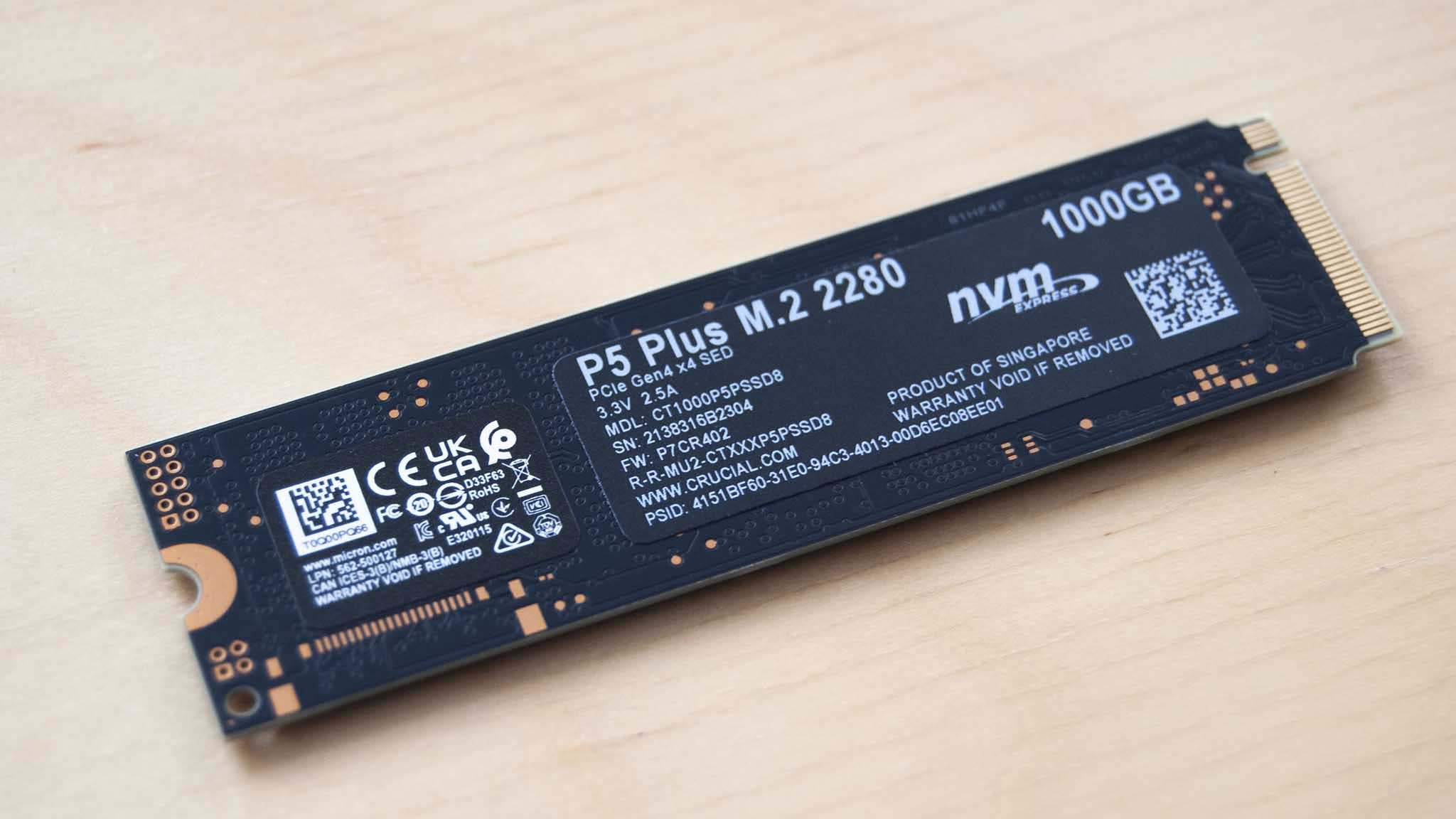
eMMC vs. SSD storage: What's the difference?
Best answer: Embedded MultiMediaCard (eMMC) and solid-state drive (SSD) storage had a lot in common, including using NAND flash memory. However, SSDs almost always delivered superior performance during the time they were prevalent alongside eMMC and were available in far larger sizes for bulk storage. eMMC has almost entirely been phased out, and SSDs continue to increase in size and speed.
What was eMMC storage?
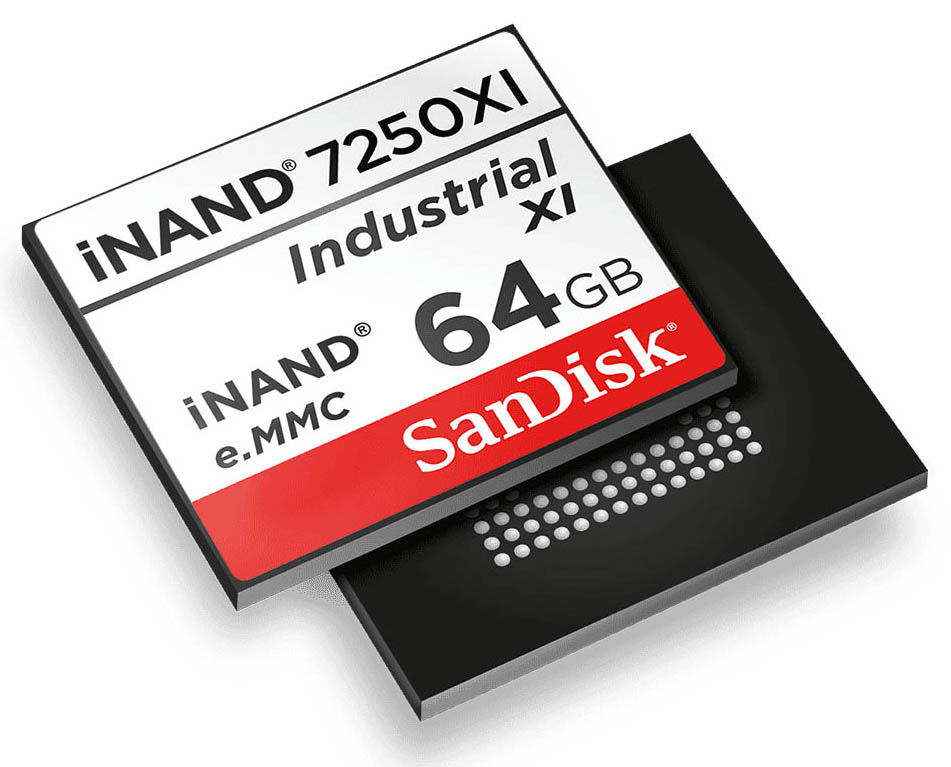
MultiMediaCard (MMC) storage was the precursor to what is commonly known as Secure Digital (SD) storage. MMC still exists in some rare forms, but its embedded version (eMMC) became more common for a while. Nowadays, eMMC is all but extinct. It's faster than an old mechanical hard drive but can be slower and have less capacity than an SSD.
eMMC storage was mostly found in phones, as well as some cheap laptops. The "embedded" part of the name comes from the fact that the storage was usually soldered directly onto the device's motherboard. eMMC storage consisted of NAND flash memory — the same stuff you'll find in USB thumb drives, SD cards, and solid-state drives (SSD) — which doesn't require power to retain data.
The low-cost nature of eMMC storage made it ideal for cost-effective hardware, including truly budget PCs. However, it was also found in some premium devices where manufacturers were trying to keep costs down. The older Surface Go 3 is a prime example of a laptop that had an excellent display and high-end design that nevertheless had an eMMC storage option. Similarly, the Steam Deck, which released back in early 2022, is another high-end device that offered eMMC storage alongside SSD storage at launch.
How fast was eMMC storage?
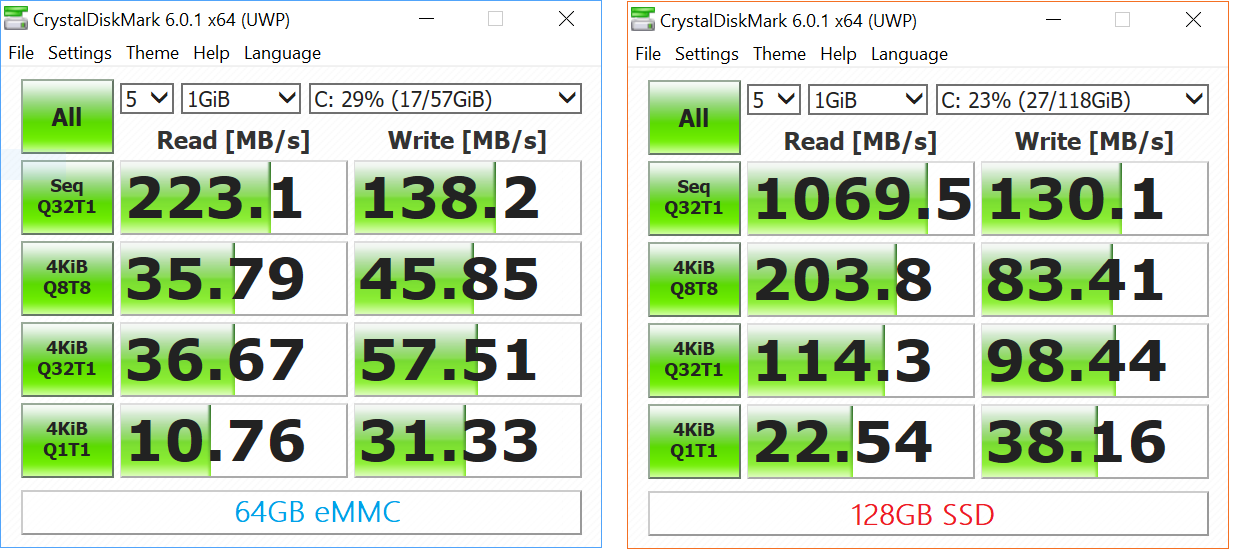
The latest standard for eMMC storage was v5.1A, which could effectively deliver transfer speeds of up to about 400MB/s. That's not necessarily slow, and SATA SSDs of the time would top out around the same.
However, it's not just the overall transfer rate that determines how a device's performance will be affected. Many eMMC storage units could operate with fewer memory gates than an SSD, meaning they would still deliver at the same speed, but with a tradeoff of offering less volume. This is why SSD has become the standard storage type today.
Think of it like a road — the more lanes there are, the more cars you can move at a time. eMMC was a single lane each way, while an SSD is a multi-lane highway. You'll go the same speed on either one, but the on-ramp to get onto the road won't be nearly as slow on the highway.
If you'd like storage that can deliver data as fast as possible, you'll want to check out a PCIe NVMe SSD. Some of the best SSDs could reach read speeds beyond 3,500MB/s on the PCIe 3.0 standard, while the later PCIe 4.0 standard can more than double the speed, and PCIe 5.0 goes even further. Write speeds are a bit slower in both cases, but still much, much faster than eMMC storage.
Get the Windows Central Newsletter
All the latest news, reviews, and guides for Windows and Xbox diehards.
How big did eMMC storage get?
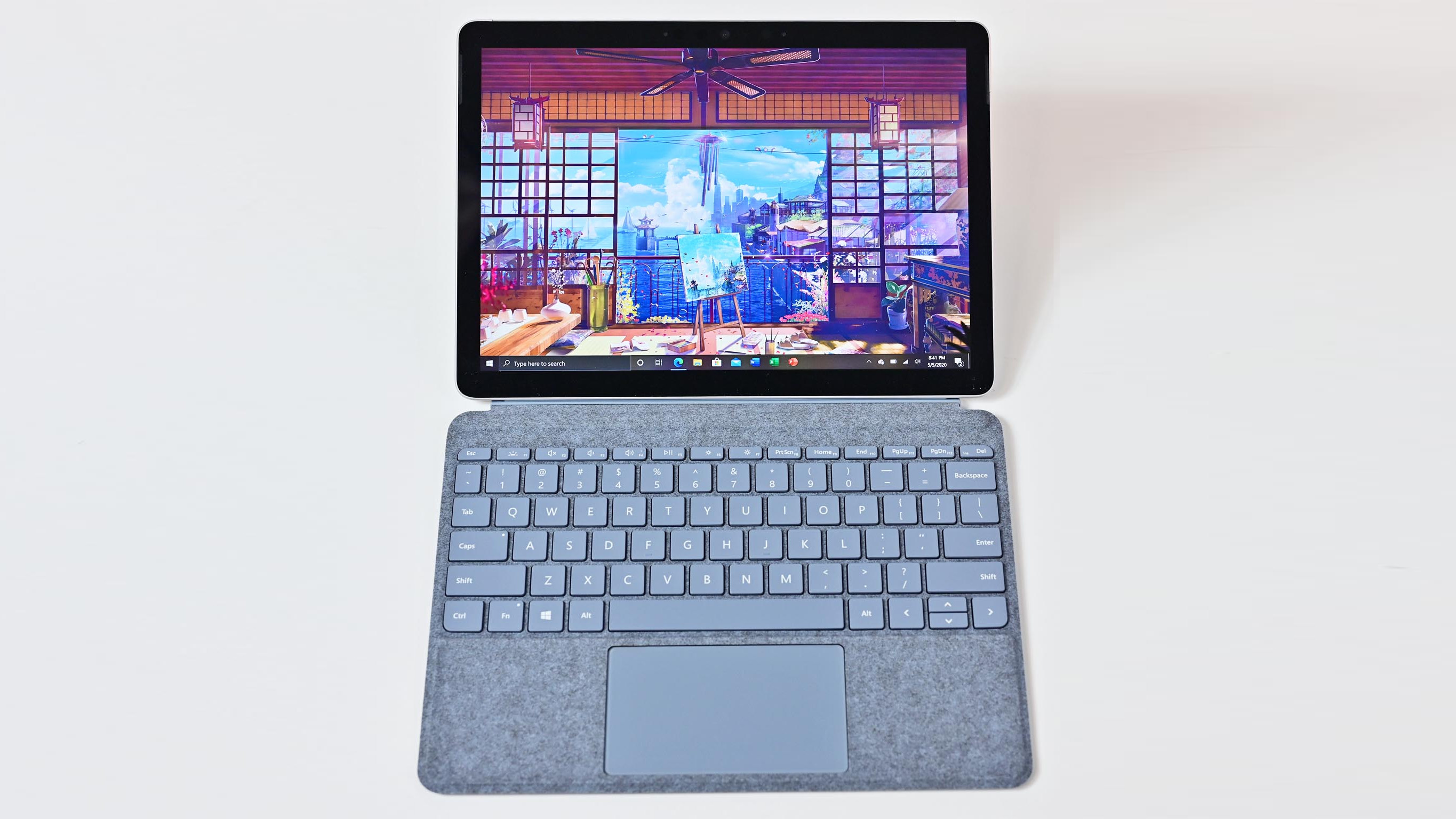
If you had been shopping for a budget laptop or tablet in the past few years, you would have no doubt noticed that many came with either 32GB or 64GB storage. These were the most common sizes of eMMC storage, but you could also find 128GB and 256GB storage. eMMC storage worked best with small file sizes (those lanes on the road don't jam up as easily), so if you were often working with large files, you'll have wanted to look at an SSD, and still should.
SSDs are available in much larger sizes, usually from 128GB all the way up to multiple terabytes. They are also usually considerably more expensive. If you were looking at an eMMC drive, you had to factor in the cost of the cloud storage fees that you'd likely end up paying in the end. Sizes like 32GB and 64GB just don't hold up anymore; if the price of cloud storage comes out somewhere around the price of an SSD, you might just be tempted to pay more upfront and not worry later.
There's also the matter of upgrading your own PC after purchase. The "embedded" part of eMMC storage means you weren't going to be replacing anything, whereas many laptops (but not all) have an accessible M.2 slot. This allows you to choose a smaller SSD, saving money at checkout. You can wait for a sale on your preferred storage and upgrade at your leisure, expanding storage without much trouble.
Should you avoid eMMC storage?
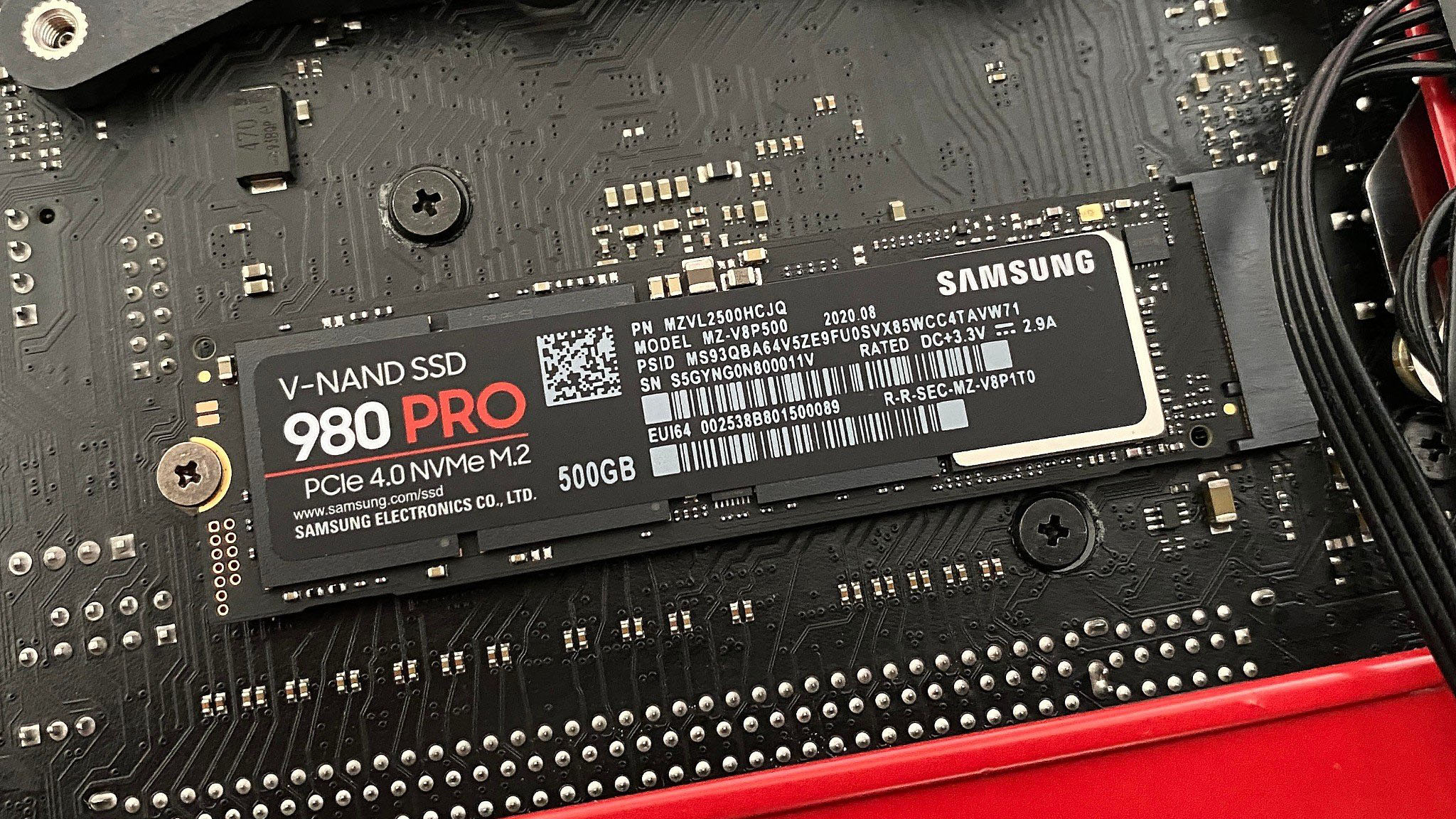
Cheaper, smaller eMMC storage wasn't necessarily bad. There was definitely a market for it, especially in the budget laptop category. It's just that it's a storage option that is definitely phasing out, so your rig will be outdated sooner if you use an eMMC. As far as durability goes, you'll no doubt see a display or touchpad die out way before eMMC storage degrades to an unusable condition.
Whether or not you should still avoid eMMC storage is more based on your budget and attraction to second-hand devices. If you need a tablet or affordable notebook for browsing the internet and watching some streaming media, eMMC storage should be just fine. Keep in mind that eMMC storage is not all made the same, and you'll no doubt want to check reviews for speed benchmarks before making a final decision.
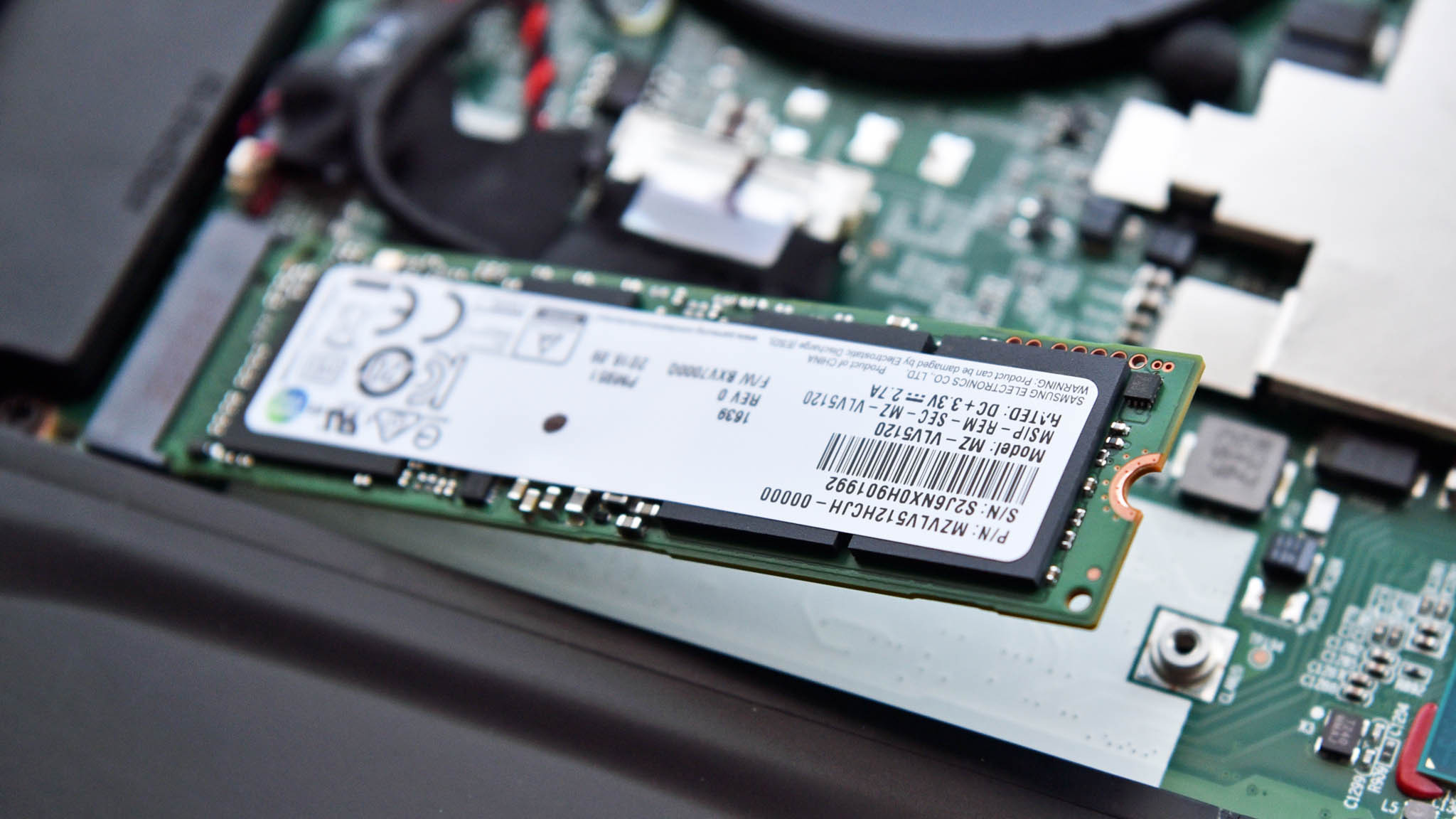
If you plan on using a laptop for pretty much anything else — including gaming and productivity — you'll always benefit from an SSD. Like eMMC storage, not all SSDs are made the same, and there is plenty of slow hardware out there. Read reviews and check benchmarks to ensure you're getting a drive with the speed you require. Our collection of the best SSDs has a bunch of great options.
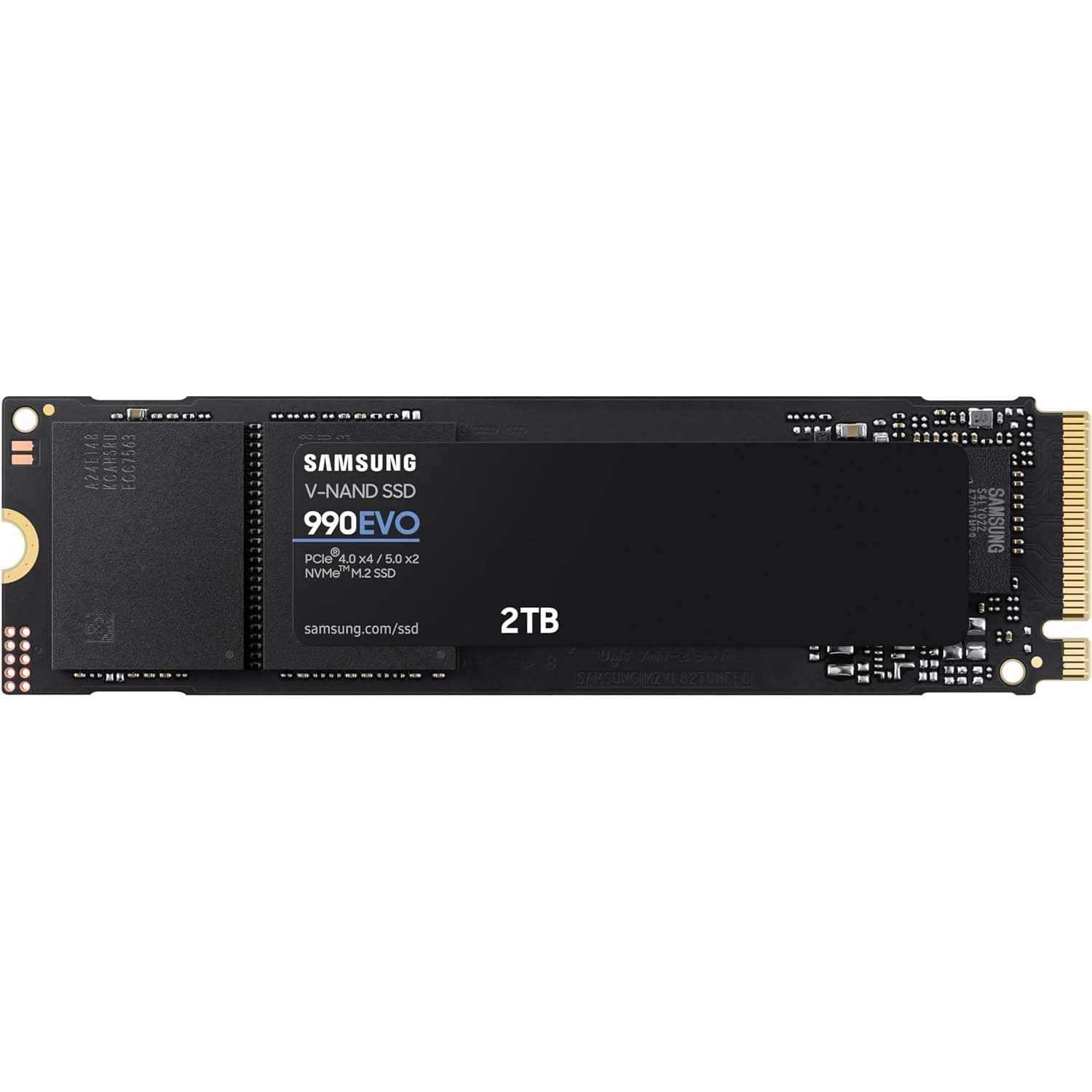
The 990 EVO from Samsung is simply ridiculous. It offers data transfer speeds of up to 5,000 MB/s, so long as you have a PCIe 4.0 or 5.0 compatible motherboard and processor. With 2TB of space, you'll have plenty of room for game files and other data.
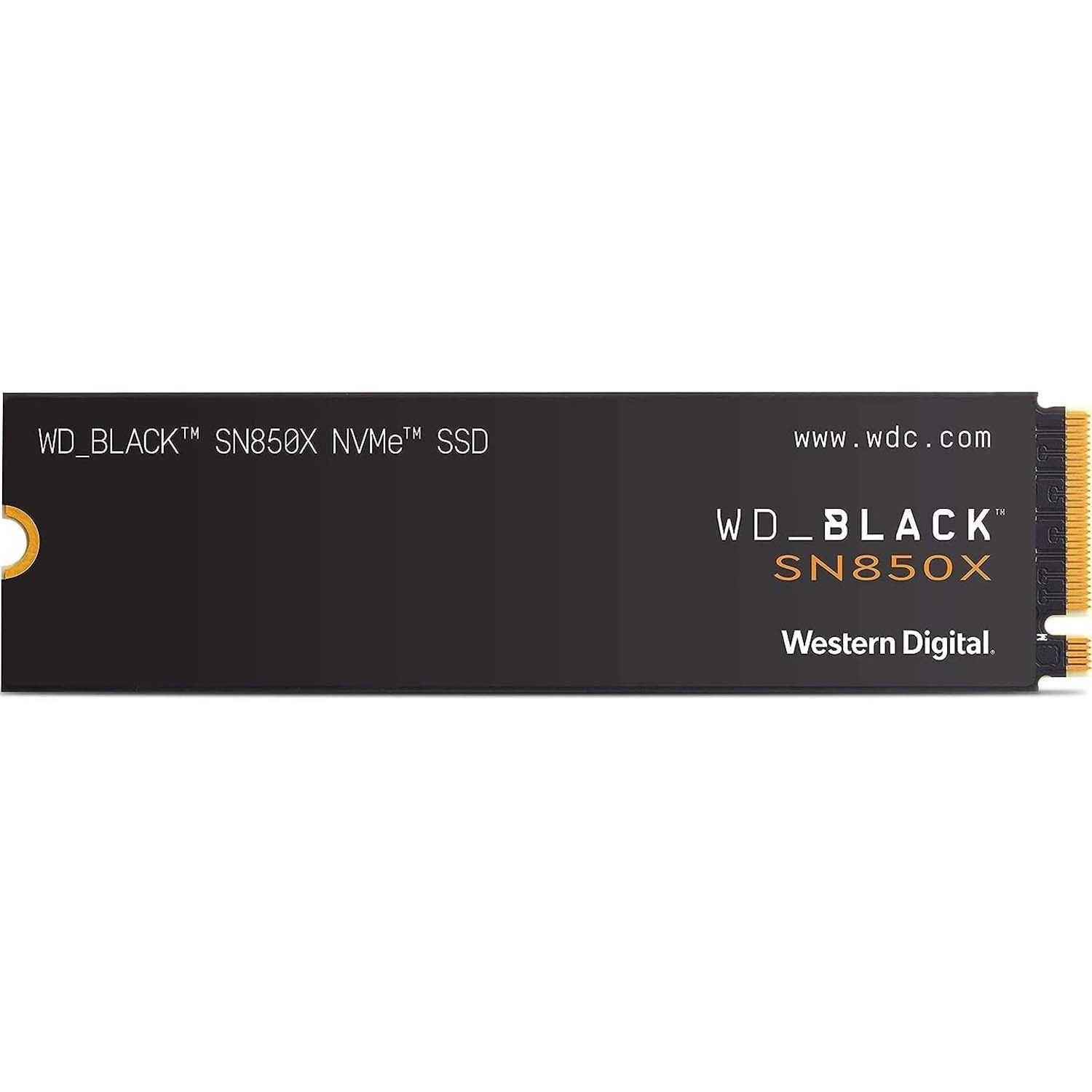
If you have a compatible PC, something like WD_BLACK SN850X PCIe 4.0 SSD will absolutely rock your world. Western Digital is known as a trusted computer manufacturer and data storage company, so you can rely on its products. You can grab this SSD in 1TB, 2TB, or 4TB sizes.

Cale Hunt brings to Windows Central more than eight years of experience writing about laptops, PCs, accessories, games, and beyond. If it runs Windows or in some way complements the hardware, there’s a good chance he knows about it, has written about it, or is already busy testing it.
- Ben WilsonSenior Editor
- Rebecca SpearGaming and News Editor
